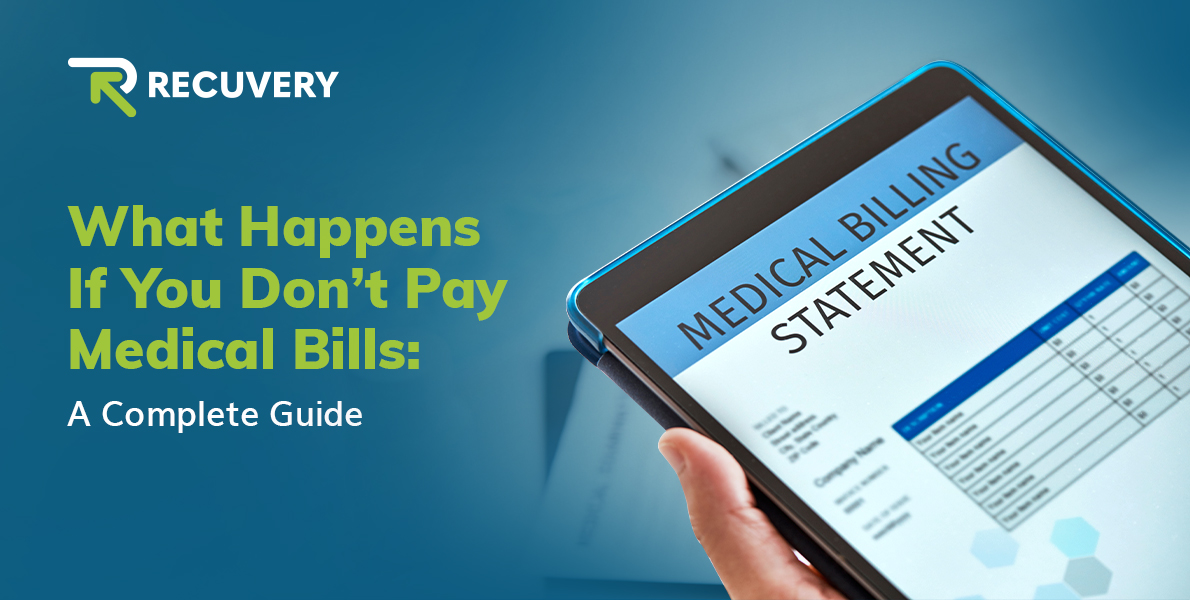What Is Outstanding Balance? What It Means and Why It Matters


Quick Answer
Outstanding Balance Meaning
Outstanding balance refers to the amount still owed on an invoice, loan, credit card, etc. If a partial payment has been made, the outstanding balance represents the unpaid portion of the original amount. It may include accrued interest, late fees, taxes, etc. Businesses should efficiently manage their outstanding balances to achieve optimum financial health.
Imagine this: You’ve delivered a great service to your customer. Your team put in long hours, the customer gave the thumbs up, and the invoice is ready. But now? Radio silence. Days turn to weeks, but the payment remains “pending”.
Multiply that by dozens of accounts, and now your business isn’t just waiting for cash—it’s bleeding opportunity. That “pending” is not harmless. It has a name—Outstanding Balance. Outstanding balance is more than just a hiccup, it is a direct hit to your team’s time, momentum, and morale. Outstanding balances are the quietest yet most dangerous threats to your cash flow.
Powerful insights from the Global Findex Database shared that 80% of small businesses in the service industry experience late payments from customers, and 45% of unpaid invoices extend beyond 90 days.
We’ve seen how unpaid balances pile up in the books, leading to missed growth chances and increased stress levels. This blog breaks down the meaning of outstanding balance, why it matters, how to calculate it, and how to finally stop chasing overdue payments manually.
What Is An Outstanding Balance?
Outstanding balance, also called outstanding billing, is the total amount of money unpaid on a loan, invoice, or credit account. It can apply to multiple financial instruments, like customer invoices, corporate loans, or business credit cards.
Understanding the significance of outstanding balance is important for businesses to optimize cash flow and maintain healthy financial operations.
In the business context, outstanding balance means the unsettled amount of money your customers owe your business. This figure may include:
- The principal amount (the original amount owed)
- Fees
- Accrued interest
- Taxes
- Outstanding charges arising from late payments
High outstanding balances indicate inefficiencies in your collection processes or issues with your customer payment behaviors.
What Does Outstanding Balance Mean on an Invoice?
An invoice is a time-logged document containing information about the service you provided to your customer, along with its monetary value to be paid by them. An invoice is considered outstanding if:
- The invoice has yet to be paid within the specified credit period.
- The amount specified has been partly paid, and the rest is due.
For example, if you issued an invoice for $2000 and the customer has paid $500, the outstanding balance is $1500. Knowing which invoices are outstanding for payment helps businesses prioritize follow-ups and collections.
How to Calculate Outstanding Balance?
Calculate the outstanding balance on invoices using this simple formula:
Outstanding Balance = (Total Invoice Amount + Late Fees + Any Additional Charges) – Payments Received
When calculating the outstanding balance on your invoices, consider the late fees levied and any partial payment received. Let us understand this with an example.
Suppose your business provides Service A to a customer for $5000 and sends them an invoice. The payment is due within 30 days, but the customer is late. Your business charges a 5% late fee, which amounts to an additional $250 (5% of $5000). After 45 days, the customer makes a partial payment of $2000.
In this scenario,
Late Fee = $250
Payment Received = $2000
Outstanding Balance = $(5000 + 250) – $2000 = $3250
Principal Balance vs Outstanding Balance: Know the Difference
Businesses tend to confuse principal balance and outstanding balance, especially when handling loans or long-term customer contracts. While both demonstrate the money owed, they represent distinct concepts.
The principal balance refers to the initial amount due on an invoice, or the original amount of money borrowed, before any additional charges are applied. In simple terms, it is the base amount of the debt or the core value of the service offered by the business.
Conversely, outstanding balance is the total amount of money owed currently. It encompasses the base amount, plus the accumulated charges, interest, or fees. This number changes when the customer makes payments towards the outstanding unpaid balance. Here is a more understandable explanation of these differences:
| Feature | Principal Balance | Outstanding Balance |
| Definition | The original amount borrowed or the initial amount due on an invoice. | The total amount currently owed, including principal, fees, interest, taxes, and late payment charges, minus any payments made. |
| Represents | The base amount of debt or the core value of the service provided. | The live, up-to-date amount that needs to be settled. |
| Fluctuation | Remains constant unless the original agreement is renegotiated. | Fluctuates with each payment, accrued interest, fees, and additional charges. |
| Significance | The starting point of the financial agreement. | The current financial obligation. |
What Is an Outstanding Balance on Credit Card Accounts?
An outstanding balance on a credit card is defined as the total amount owed to the credit card issuer. It includes the sum of all transactions, fees, and charges pending since the last billing cycle. This amount is to be paid within a specified time and can accrue interest if not paid by the due date.
Why Outstanding Charges and Balances Are a Red Flag for SMBs
Small and mid-sized businesses are especially susceptible to cash flow interruptions due to outstanding and unpaid balances. If your business has limited resources and smaller profit margins, outstanding balances can quickly escalate into serious financial distress.
Risks of Carrying Outstanding Balances
- Missed growth opportunities due to cash shortages
- Inability to pay your employees on time
- Inability to pay for operating expenses
- Customer churn due to poor communication
SMBs should focus on managing and minimizing outstanding balances to maintain financial health, achieve operational stability, and foster sustainable business growth.
One robust solution to mitigate the risks associated with outstanding balances is to introduce debt collection automation to your business. Debt collection automation helps your business shift from time-consuming and erroneous invoice collection to workflow standardization and timely payments.
With Recuvery, you can track, prioritize, and resolve outstanding invoices for payment.
What Happens if You Ignore Outstanding Balances?
Ignoring outstanding balances may seem like a short-term solution, especially when dealing with rigid customers or unstable cash flow. But it leads to long-term financial and operational challenges in the long run.
Unresolved outstanding balances lead to deteriorating cash flow and revenue management. Not fulfilling your business’s financial obligations may also attract penalties and lead to legal action, negatively affecting your reputation. They can also deform your financial statements, making it hard for you to analyze your company’s actual fiscal performance.
Further, if you let outstanding balances accumulate, you may lose opportunities to invest in growth and miss payroll commitments. Further, it may become challenging to secure financing for your business, as lenders see poor AR performance. In worst cases, some customers with repeated outstanding payment records may convert into write-offs.

Learn The Benefits Of Automated Debt Collection For Your Business
Read Our GuideOutstanding for Payment: What It Means for Service-Based Businesses and How To Respond
When an invoice is outstanding, the customer has received your service but has not paid you in full yet. This can be damaging, especially for service-based businesses, as the cost has already been incurred.
A growing number of “outstanding for payment” accounts point to cash flow bottlenecks and poor follow-up systems. So, how can you solve this?
♦ Identify and Prioritize High-Risk Accounts: Based on payment history and overdue duration.
♦ Automate Reminders: To reduce manual efforts and improve consistency.
♦ Offer Structured Payment Plans: For clients who need flexibility.
♦ Escalate Using Empathetic Language: Use a professional, non-confrontational approach to send polite reminders.
But, what if fully-equipped and debt recovery solutions could manage all of it for your business? This is where Recuvery steps in.
Why Choose Recuvery To Automate Debt Collection and Resolve Outstanding Balances Faster?
If your business is grappling with growing outstanding balances and the stress of manual follow-ups, Recuvery offers a smarter solution. Designed for service-based businesses of all sizes—SMBs and enterprises—Recuvery’s cutting-edge automation helps you recover revenue with an empathetic approach. Here’s how:
▪ Enhanced Scalability
The Recuvery software can handle any number of accounts, allowing your business to scale outstanding balance collections without hiring additional staff or needing extra resources. You won’t even have to partner with an expensive third-party collection agency.
▪ Comprehensive Reporting
The automated solution provides detailed reporting and analytics on account statuses, cash flow forecasts, and collection progress. It enables you to make informed decisions for your outstanding balance recovery.
▪ Payment Flexibility
When you upload the details of overdue accounts on Recuvery, it automatically sends your customers multiple payment options. Customers then choose a plan that suits their budgets, and you receive payouts directly into your bank account.
▪ Effective Time Management
Research performed by Versapay revealed that only 22.67% of collections teams were up-to-date with their processing in 2023. 14.67% were already weeks behind.
Recuvery automatically sends payment reminders, tracks the responses, and schedules follow-ups. If you run a small business, Recuvery helps you free up your time to focus on important operational tasks rather than chasing outstanding balances.
▪ Less Human Error
Automated data management leads to minimized errors. Every account is tracked accurately, while all communications are professional and timely.
▪ Better Customer Relationships
The old collections approach involved legalese letters and harassing calls, causing damaged customer relationships. Recuvery works with a customer-first approach, reaching out to customers politely. This approach fosters stronger customer trust and relationships.
Automate your outstanding balance collection process by seamlessly integrating Recuvery into your existing tools, like accounting software and CRMs. Recuvery allows you to save time, reduce manual effort, and focus on boosting revenue and making your business thrive.

FAQs About Outstanding Balance
What Is the Difference Between Unpaid Balance and Outstanding Balance?
The terms “unpaid balance” and “outstanding balance” are often used interchangeably, but there is a subtle difference. An unpaid balance is any amount not paid by its due date. An outstanding balance has a broader sense—it includes unpaid amounts, interest, late fees, or other additional charges. Therefore, the unpaid balance is a component of the outstanding balance.
How Often Should a Business Calculate Outstanding Balance?
A business should calculate outstanding balance regularly, at least monthly, to evaluate and manage finances, track repayments, and monitor credit health. Calculating outstanding balances regularly helps businesses maintain better cash flow and have a good credit score.
Why Do Service-Based Companies Struggle With Outstanding Balances?
Due to their nature, service-based businesses struggle with outstanding balances. They often invoice after delivering the service, resulting in a time gap between service and payment. This gap grows when follow-ups are manual and inconsistent. Recuvery can eliminate these delays by automating reminders and simplifying customer payments.
Do Partial Payments Reduce the Outstanding Balance?
Yes. When a customer makes a partial payment, the amount is subtracted from the overdue amount to obtain the actual outstanding balance. Using Recuvery, your customers can choose flexible payment plans and make timely payments to pay off their outstanding balances.






